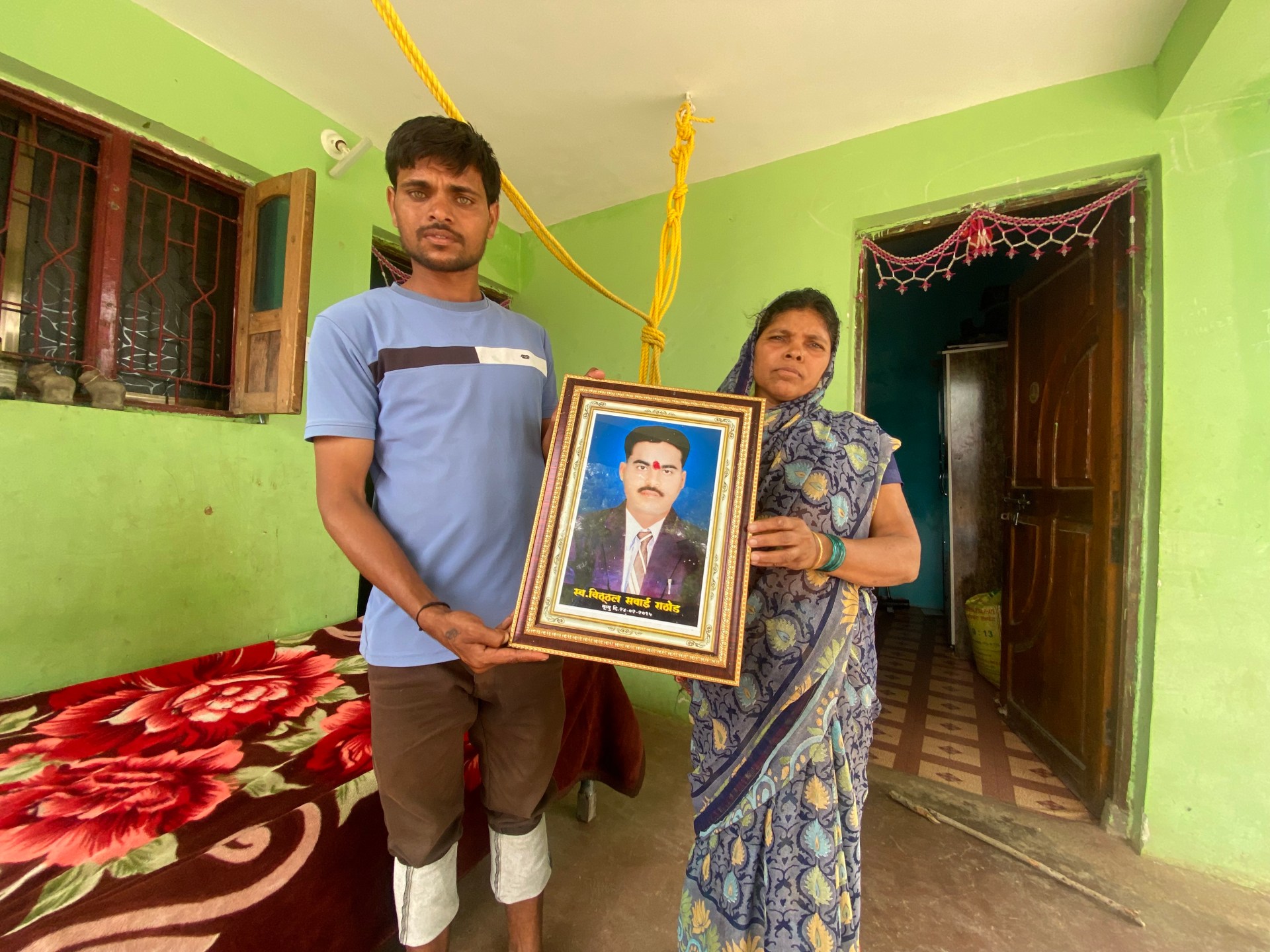
Farm suicides, anger haunt Indian villages that Modi promised hope
Al Jazeera
Villages where Modi launched his farm outreach a decade ago have seen deaths and debt mount since then.
Yavatmal, India – Like everyone else around him, Vithal Rathod was excited for what the future held for him and their village when Narendra Modi became India’s prime minister on May 26, 2014.
Just two months earlier, on March 20 that year, Modi had picked the 45-year-old farmer’s village of Dabhadi from the more than 15,500 villages in the Vidarbha region of the western Indian state of Maharashtra to launch his outreach to the country’s farmers. The visit was important for Modi, eyeing the PM’s chair at the time, to be able to reach out to the 65 percent of India’s population that is engaged in agriculture.
During his visit to Dabhadi, Modi had sipped tea with farmers like Rathod, visited farms in the village and promised an end to the death and despair that had long haunted the predominantly rural, impoverished part of Maharashtra state. A lack of adequate irrigation, erratic weather patterns and fluctuating global prices for cotton – the principal crop grown there – meant that farmers suffered repeated losses and found themselves in debt. The resulting frustration drove more than 9,000 farmers to take their own lives between 2001 and 2014.
Modi came and said what the farmers wanted to hear. “Your pain, your struggle and your troubles will force me to do something good,” he told Rathod and the thousands who had gathered to hear him. “I want to tie myself to this promise, I want to talk to experts and find such solutions that no poor farmer has to kill himself,” he said.
Rathod went back home, reassured, to his family of five and tried to put his recurring farm losses behind him. He had a one-hectare (2.5-acre) farm, not far from where Modi spoke.
